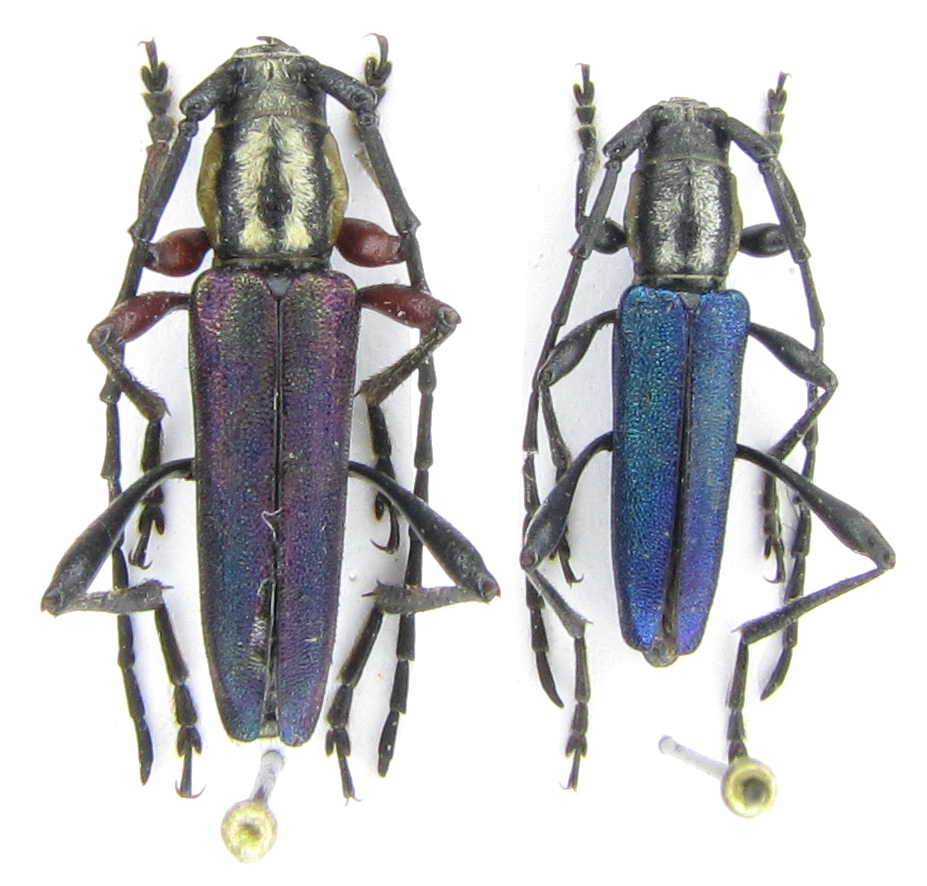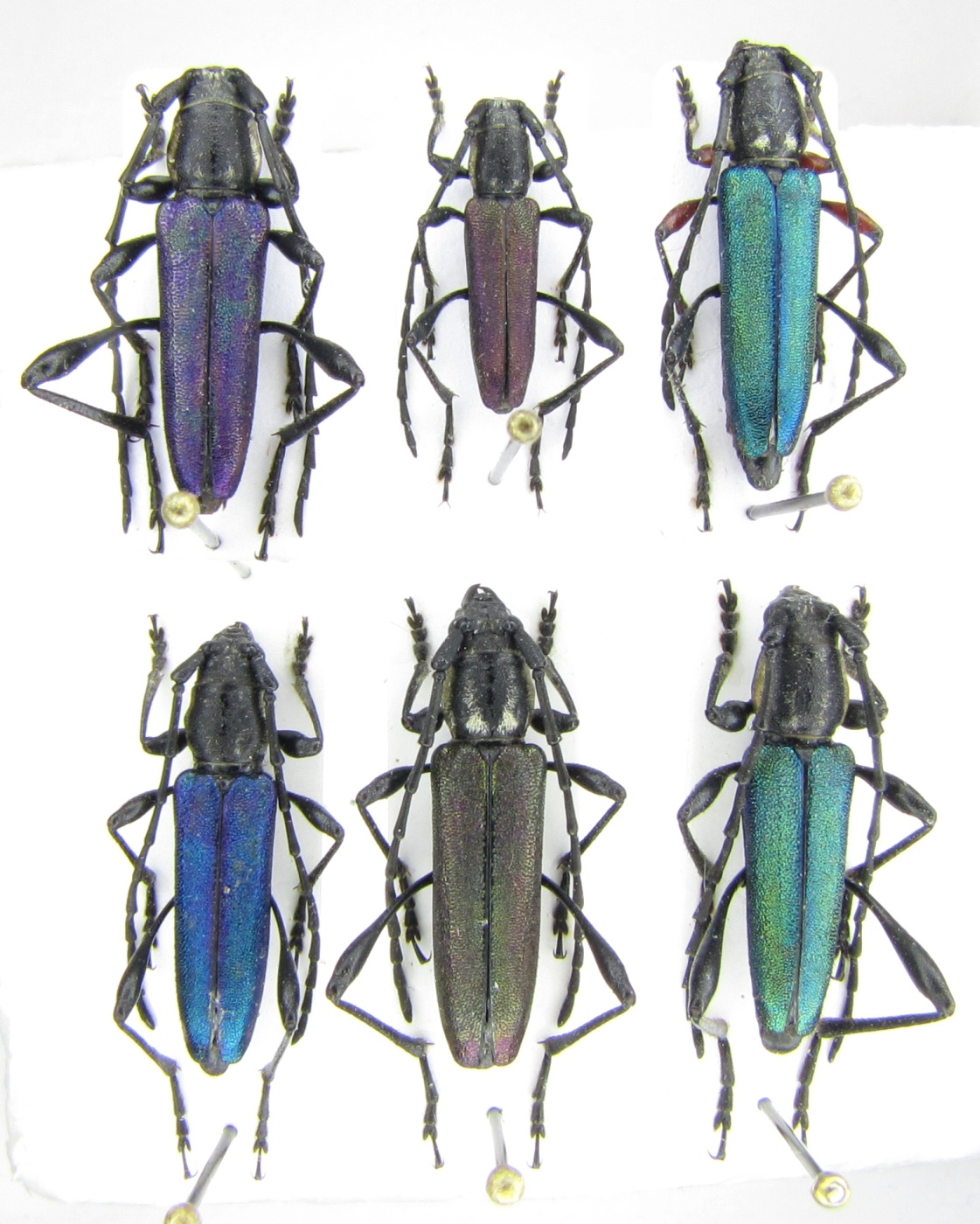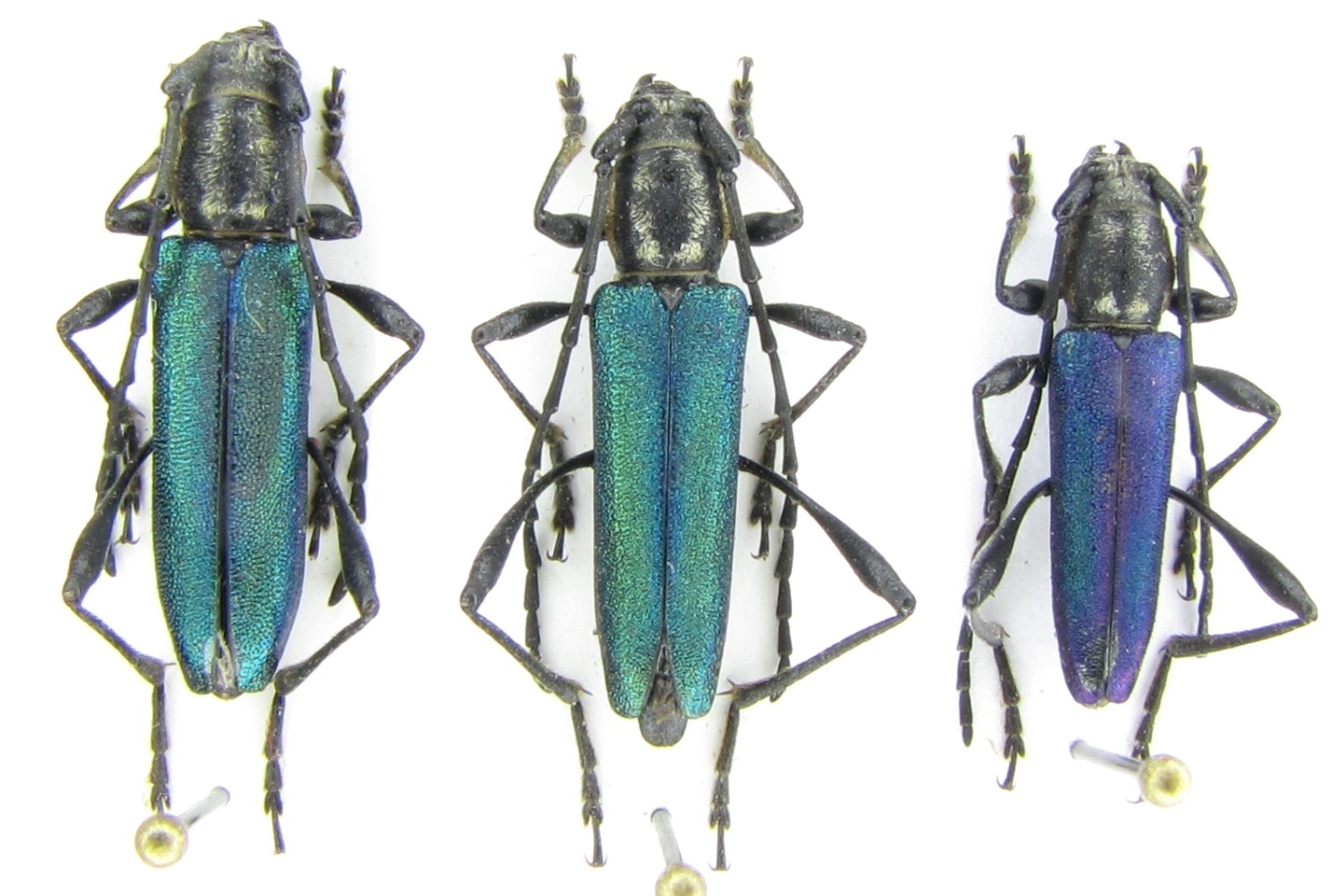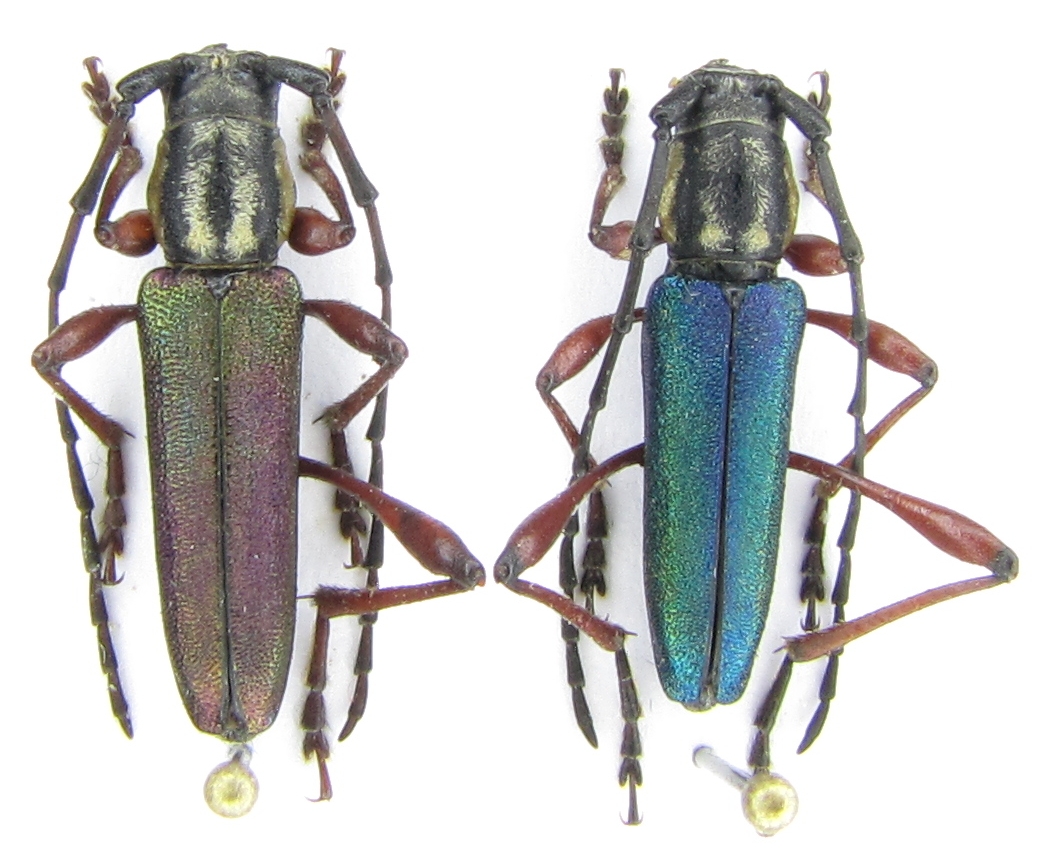| T O P I C R E V I E W |
| Vitali |
Posted - 09/10/2011 : 22:31:18

Hello.
As promised I am placing photos of different Hypargyra.
I hoped comparison would help identification, but I am afraid the result is going to be opposite. At least the situation became more complicated to me, if only I did not make mistake in identification to genus.
Sorry, Francesco, I know that you would like each species separately, but I am not sure that these are different species. I'll try to comment photos according to the key of Hypargyra provided here by Carlo.
These two beetles seem to have continuous paramedian band in pronotum, so according to the key, it could be H. discor.
Please pay attention that the left beetle has red front and mid legs. |
| 4 L A T E S T R E P L I E S (Newest First) |
| Francesco |
Posted - 10/10/2011 : 19:05:37
Dear Vitali, thank you for this beautiful and interesting series.
No problem with topics: I always can split or unite them. In this case, I have split the discussion since it has become very difficult to understand the different identifications. |
| Vitali |
Posted - 09/10/2011 : 22:49:17

Finally, the last bunch of beetles characterized by only small spots at pronotum base instead of a paramedian band. Elytra colour strongly varies, two have green elytra, upper right has red front and mid legs.
H. cribripennis??
All of the beetles in the four photos have uniform pubescence of a ventral side, but its density varies. |
| Vitali |
Posted - 09/10/2011 : 22:41:10

These three beetles have slightly disrupted paramedian band in pronotum and black legs.
Two of them have "very green" elytra. Antenna looks different in these two. |
| Vitali |
Posted - 09/10/2011 : 22:37:42

These two beetles have slightly disrupted paramedian band in pronotum and entirely red legs.
They could be H. crassipes, but elytra are not "very green", colour varies.
I'll show in the next two photos that elytra colour is not a good characteristic at all. |


